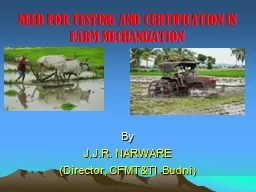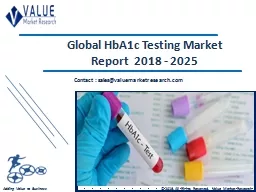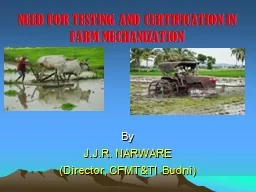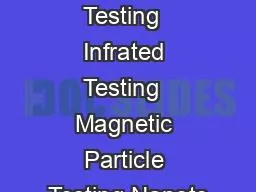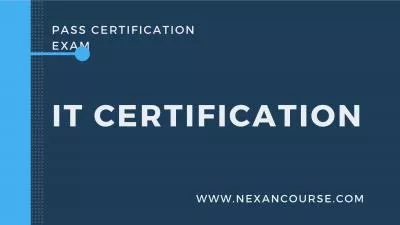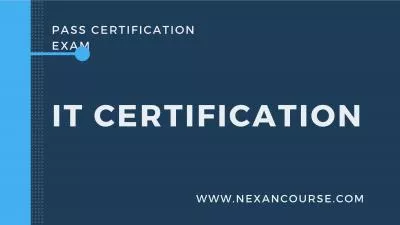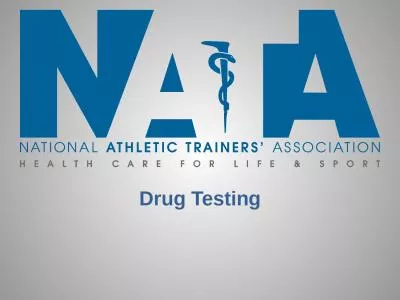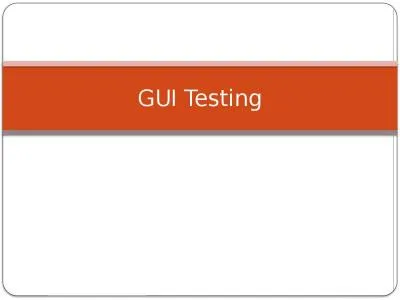PPT-NEED FOR TESTING AND CERTIFICATION IN
Author : olivia-moreira | Published Date : 2017-03-31
FARM MECHANIZATION By JJR NARWARE Director CFMTampTI Budni Introduction Total geographical area is 329 million hectares out of which 1744 are under cultivation
Presentation Embed Code
Download Presentation
Download Presentation The PPT/PDF document "NEED FOR TESTING AND CERTIFICATION IN" is the property of its rightful owner. Permission is granted to download and print the materials on this website for personal, non-commercial use only, and to display it on your personal computer provided you do not modify the materials and that you retain all copyright notices contained in the materials. By downloading content from our website, you accept the terms of this agreement.
NEED FOR TESTING AND CERTIFICATION IN: Transcript
Download Rules Of Document
"NEED FOR TESTING AND CERTIFICATION IN"The content belongs to its owner. You may download and print it for personal use, without modification, and keep all copyright notices. By downloading, you agree to these terms.
Related Documents

